CYPRAEIDAE
Contents
Family CYPRAEIDAE

Family: CYPRAEIDAE
CYPRAEIDAE
The Cypraeidae, or Cowries have long been one of the most popular collectible seashells due to their glossy appearance and varied colors and patterns; so-called “gems of the sea”. The approximately 217 species and numerous subspecies and forms have been the focus of many popular and scientific publications. Among the most popular of all seashells, the cowries are tropical and subtropical dwellers, living in shallow to relatively deepwater habitats. Most species are nocturnal, grazing at night on algae and other plant matter among rocks and reef environments.

The Cypraeidae, or Cowries have long been one of the most popular collectible seashells
One the smallest recorded Cowries, a specimen of Naria irrorata (Gray, 1828), is 7 mm in length. The largest, Macrocypraea cervus (Linne, 1771) has been recorded at 190.5 mm.

One the smallest recorded Cowries, a specimen of Naria irrorata (Gray, 1828) is 7 mm in length.
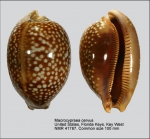
The largest recorded Cowries, Macrocypraea cervus (Linne, 1771) has been recorded at 190.5 mm.
Juvenile cowry shells are not at all similar to adult cowry shells. The juvenile shells of cowries more closely resemble the shells of some “bubble snails” in the order Cephalaspidea. Also, the shells of juvenile cowries seldom exhibit the same color patterns as the adult shells do, and thus can be hard to identify to species. Cowries have no operculum.

Types of developmental stages of the shell of Monetaria annulus based on callus development. 47 Top: dorsal views; down: anterior view. Horizontal bar line: shell width (W). 1, Metamorphosis of the shell;2,juvenile; 3,subadult; 4, adult (callus growth ends); 5,post-adult (cell growth stalled). Vertical bar line: 10 mm.
Cypraeidae have adult shells that are very rounded, almost like an egg; they do not look like a typical gastropod shell. The shells are extremely smooth and shiny. Typically, no spire is visible in the fully adult shell, and there is a long, narrow, aperture that is lined with “teeth”. The eating habits of cowries are poorly known because most species are nocturnal and cryptic, but sponges are the most commonly described prey.

Cypraeidae have adult shells that are very rounded, almost like an egg
Taxonomy
For nearly 200 years, every species in the family Cypraeidae was placed in one genus, Cypraea, but in 2002 [1] the cowries were divided into many different genera.
| Some juvenile cowries of the Persian Gulf |
Apart from approximately 200 valid species, several thousand subspecies or forms have been described. The shells of cowries are usually smooth and shiny and more or less egg-shaped.
The humped, thick shell is beautifully coloured and glossy; cowries occur chiefly in coastal waters of the Indian and Pacific Oceans. The rarest, the most valuable, and the most beautiful shells are those that are found in the sea, particularly in tropical or subtropical waters of the Indo-Pacific, Carbbean, and Mediterranean regions. With few exceptions each species in this large family has a smooth, globular or cylindrical shell which is highly polished all over and has a long, narrow aperture bearing small, blunt teeth on each side. Cowries, as they are generally known, are not highly coloured by many are strikingly patterned.
See CYPRAEIDAE samples in Museum Main Hall
CYPRAEIDAE

Taxon Details
Kingdom: Animalia
Phylum: Mollusca
Class: Gastropoda
Subclass: Caenogastropoda
Order: Littorinimorpha
Superfamily: Cypraeoidea
Family: CYPRAEIDAE
References:
[1] Lorenz, f. (2002). New worldwide Cowries. Descriptions of new taxa and revisions of selected groups of living Cypraeidae (Mollusca: Gastropoda). Schriften zur Malakozoologie aus dem Haus der Natur-Cismar 20: 1-292, pl. 1-40.
Image references are already available below each image
Author:
Dr. Nabavi, Seyyed Mohammad Bagher
Professor of marine biology
See CYPRAEIDAE samples in Museum Main Hall
See general and scientific articles related to seashells in publications page.

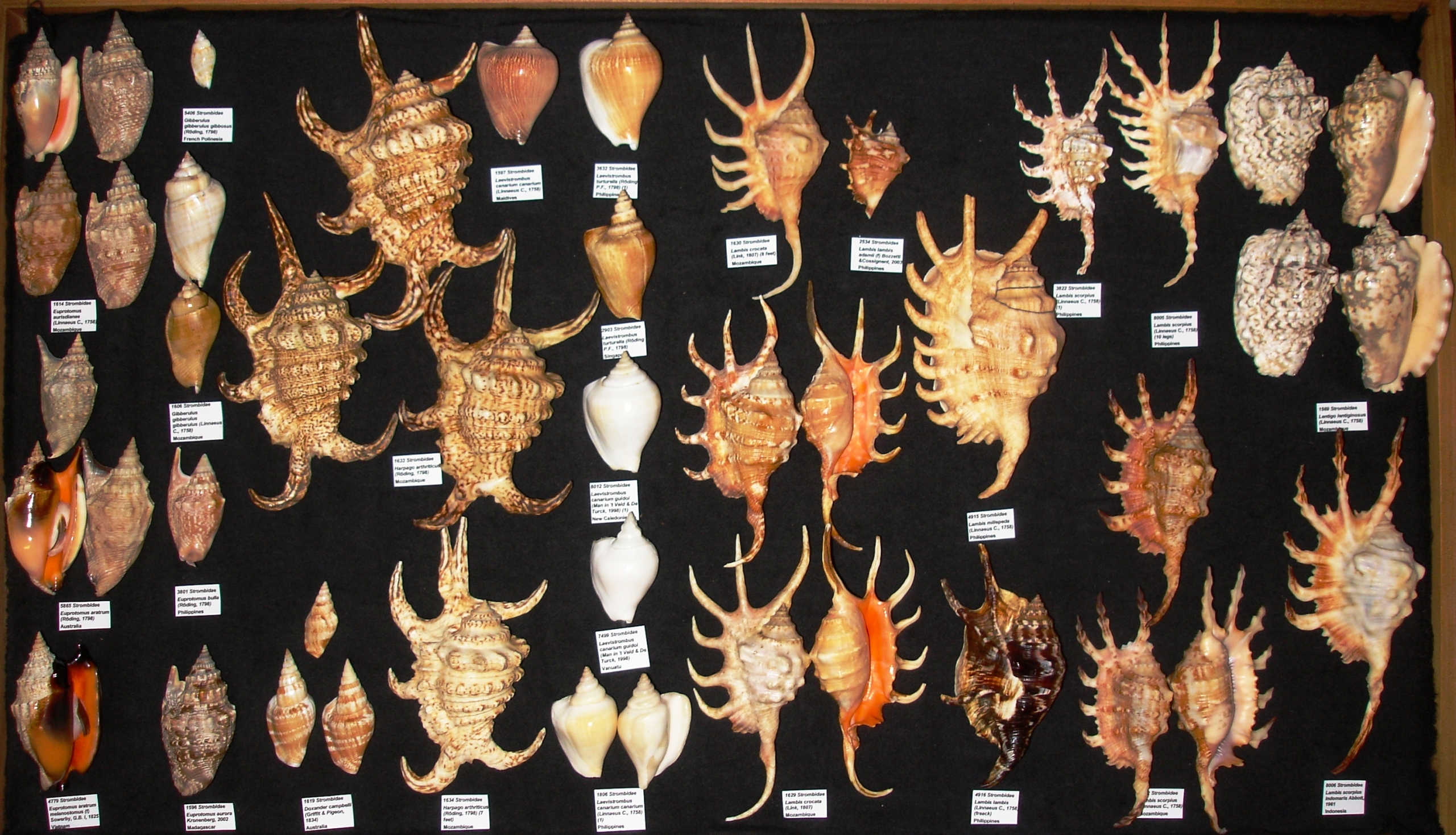
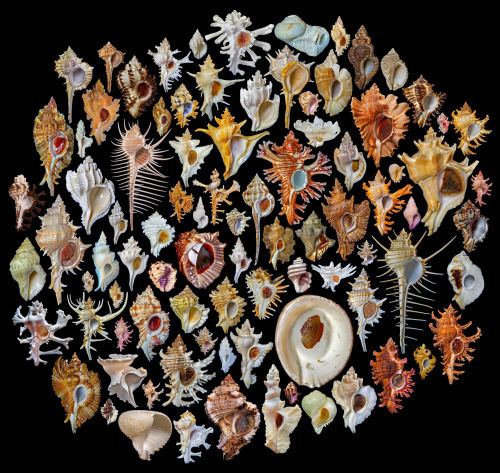
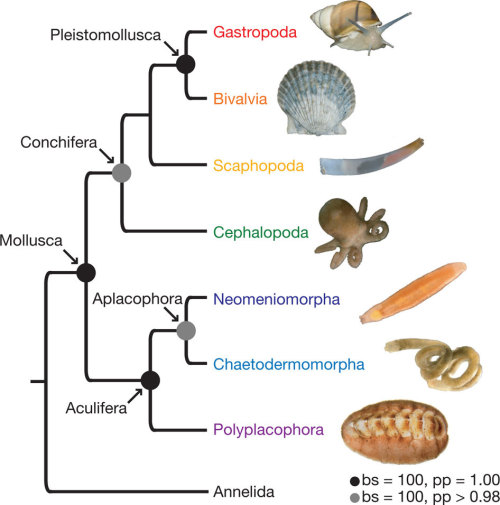

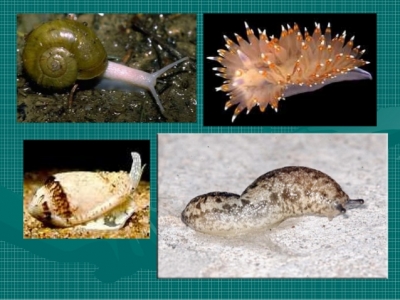
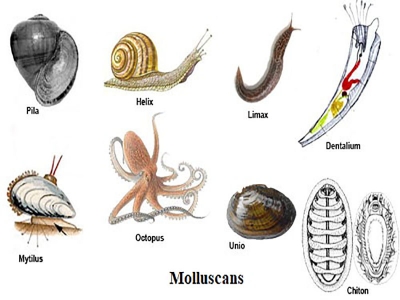
Leave A Comment